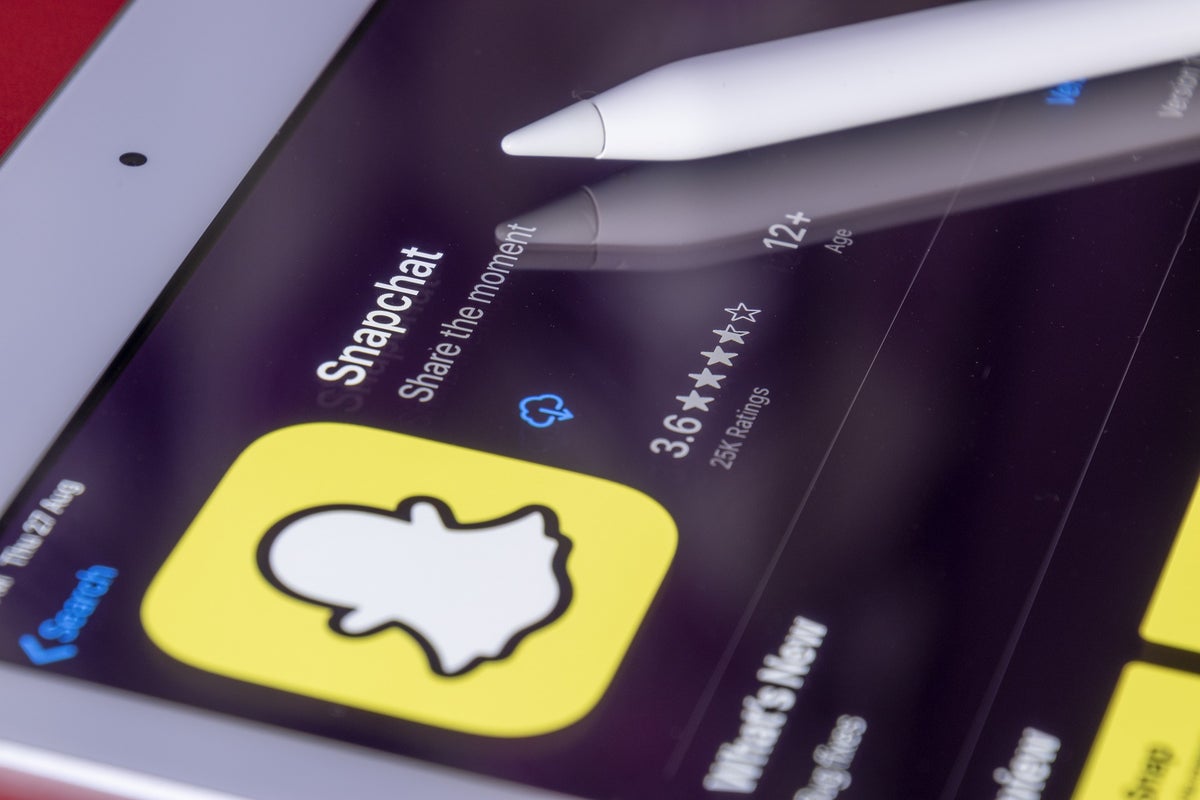[ad_1]
Snap, crackle and pop! That’s exactly what Snap Inc SNAP shares did Wednesday morning.
What Happened: Snap shares traded lower Wednesday morning after the company confirmed reports that it planned to cut about 20% of its workforce. Shortly after, the stock reversed course and surged higher after Snap unveiled new restructuring plans.
Snap laid out plans to increase focus on three new strategic priorities: community growth, revenue growth and augmented reality.
The new restructuring plans call for the company to cut back on Snap Originals, games, hardware (Spectacles) and other standalone apps. Furthermore, Snap said it plans to trim its workforce, lower marketing spend, reduce real estate overhead, scale infrastructure costs efficiently and increase content investments that drive community engagement.
Related Link: Snap Provides Restructuring Plans, Announces New Strategic Priorities: What Investors Need To Know
Snap expects these strategic actions to result in $500 million in estimated reduction in its annualized cash cost structure relative to the second quarter.
Why It Matters: Jim Cramer doesn’t buy the turnaround story.
“They’ve got $4 billion in debt, Snap. Well I say crackle, pop my friend,” he said Wednesday on CNBC’s “Squawk On The Street.”
Cramer used the phrase to cast doubt on the company’s debt situation. He even went on to call Snap a “failing enterprise,” but what he said next made his use of “pop” quite ambiguous.
Bye Bye Snap? Memesters have you thought of SNAP?
— Jim Cramer (@jimcramer) August 31, 2022
Cramer suggested that Snap could be a stock that meme stock traders end up favoring.
“They uniquely seem to glom on to companies that are doing poorly,” he said. “Take on the shorts and move the stock up.”
Only about 5% of Snap’s float is currently sold short, according to data from Benzinga Pro.
SNAP Price Action: Snap has a 52-week high of $47.71 and a 52-week low of $9.34.
The stock was up 9.69% at $10.98 Wednesday afternoon.
Photo: Souvik Banerjee from Pixabay.
[ad_2]
Image and article originally from www.benzinga.com. Read the original article here.

